By Dale Kasler, The Sacramento Bee (TNS)
Saturday, June 18, 2016 | 2 a.m.
Sacramento is in the running once again for a major factory in a hot high-tech industry: electric cars.
After losing its long-shot bid for Tesla Motors Inc.'s battery plant in 2014 to Northern Nevada, Sacramento has emerged as one of two California cities being considered for a 1,300-employee factory to build electric vehicles. Sacramento's rival in California is Tracy, although the manufacturer is looking at out-of-state locations, too.
The company is Atieva USA Inc., a Silicon Valley startup that's being bankrolled in part by a Chinese Internet billionaire. Its interest in Sacramento and Tracy was disclosed in documents filed in January with a state financing authority, but it didn't become public knowledge until Thursday.
Atieva is the latest in a series of startups attempting to break into the electric car business, a tiny but growing corner of the automobile market. Some industry analysts question the staying power of some of these companies, but say having a deep-pocketed investor could help Atieva gain ground.
In January, Atieva secured $44.7 million in sales-tax breaks from the California Alternative Energy and Advanced Transportation Financing Authority. Marc Lifsher, a spokesman for state Treasurer John Chiang, who chairs the authority, said Thursday the tax relief is contingent on the company choosing a California location.
"Site selection for both the new headquarters and the manufacturing facility is currently underway, with potential locations for the manufacturing facility identified in Tracy and Sacramento, as well as out-of-state locations," according to an authority staff report. The company expects to make the decision "by the first half of 2016" and break ground in the third quarter, the report said. The plant would cost $530.7 million.
The staff report didn't identify specific locations under consideration in Sacramento or Tracy. Sacramento County's chief deputy county executive for economic development, Rob Leonard, wasn't available for comment. Barry Broome, the head of the Greater Sacramento Area Economic Council, declined comment.
Officials at Atieva, based in Menlo Park, couldn't be reached for comment.
Atieva was founded in 2007 by former employees of Tesla and Oracle and was originally bent on building car batteries. According to the January state staff report, major shareholders include an affiliate of China's state-owned Beijing Automotive Industry Holding, Palo Alto venture capital firm Venrock and a Chinese investment fund geared toward clean technology.
Numerous media reports say another key financier is Chinese billionaire Jia Yueting, who made his fortune with an internet-content company that's known as "the Netflix of China." He reportedly is now itching to topple Tesla founder Elon Musk for leadership in the electric car business.
Yueting also reportedly is the money man behind Faraday Future, the Gardena company that recently broke ground on a $1 billion electric car factory near Las Vegas and is negotiating to build a plant at the former Mare Island naval shipyard in Vallejo. According to Reuters, the first news outlet to report on Atieva's factory project, Atieva has raised several hundred million dollars in total.
But the company has reportedly undergone some turmoil. The U.K. newspaper the Guardian reported in April that the founder and first chief executive, former Tesla official Bernard Tse, exited the company last fall amid disagreements with Beijing Automotive. The newspaper also said Beijing Automotive sold its stake in April to Jia Yueting. The web entrepreneur might wind up merging Atieva with Faraday, the Guardian added.
Atieva is among a spate of companies seeking traction in a small but fast-growing market.
"The whole area's kind of like the Wild West right now," said Ed Kim of Tustin market researcher AutoPacific Inc. "New players keep coming in."
Kim said he wasn't familiar with Atieva but said having major Chinese backing could help the startup gain traction. And Tesla has shown "it's certainly not impossible for a startup to come in," he added.
On the other hand, analyst Karl Brauer noted that Tesla has not made a profit yet and it's unclear if any newcomer would be able to dislodge established companies like Chevrolet and Ford, which have made substantial progress with electric cars.
"There's a collection of car companies, electric car companies, trying to crack the code on the electric vehicle business, but nobody's done it yet," said Brauer, who works for Kelley Blue Book.
Kim said Americans purchased 67,300 electric vehicles last year. That represented 0.4 percent of the U.S. market.
Officials with Atieva told Reuters that the factory will build 20,000 cars a year at first and could ramp up to 130,000 a year.
In 2014, Sacramento's Mather Commerce Park was among the California sites in the running for Tesla's $5 billion "Gigafactory" project, the subject of an intense multistate bidding war. Gov. Jerry Brown's administration made recruitment of Tesla a priority, and legislators considered a series of tax credits and other incentives. But Tesla executives said all along that California wasn't likely to get the 6,500-employee factory, and Sacramento officials acknowledged they weren't likely to sway the firm.
Lured by hefty incentives from Nevada, the company chose a spot east of Reno for the factory, which will build car batteries. The decision became political fodder in California, where Republican gubernatorial candidate Neel Kashkari said Gov. Jerry Brown didn't do "nearly enough" to sway Tesla. Brown said the Tesla wanted too much, including a "massive cash upfront payment."
Source:
Electric car maker eyes 2 California cities for factory






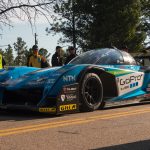

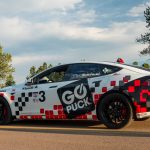

 Electric vehicles at altitude: Pikes Peak qualifying day
Electric vehicles at altitude: Pikes Peak qualifying day 





 Quite a few companies are working on self-driving or autonomous cars so it's not surprising to find out that Chinese electric car maker Faraday Future has said that it's also creating a self-driving car of its own. Faraday Future unveiled its first electric concept car – the FFZERO1 – at the International Consumer Electronics Show earlier this year, but it's unclear as yet when it's going to actually put a production car on the road.
Quite a few companies are working on self-driving or autonomous cars so it's not surprising to find out that Chinese electric car maker Faraday Future has said that it's also creating a self-driving car of its own. Faraday Future unveiled its first electric concept car – the FFZERO1 – at the International Consumer Electronics Show earlier this year, but it's unclear as yet when it's going to actually put a production car on the road.
![Electric-car rally in Geiranger, Norway [Image: Norsk elbilforening via Flickr] Electric-car rally in Geiranger, Norway [Image: Norsk elbilforening via Flickr]](http://images.hgmsites.net/med/electric-car-rally-in-geiranger-norway-image-norsk-elbilforening-via-flickr_100530088_m.jpg)


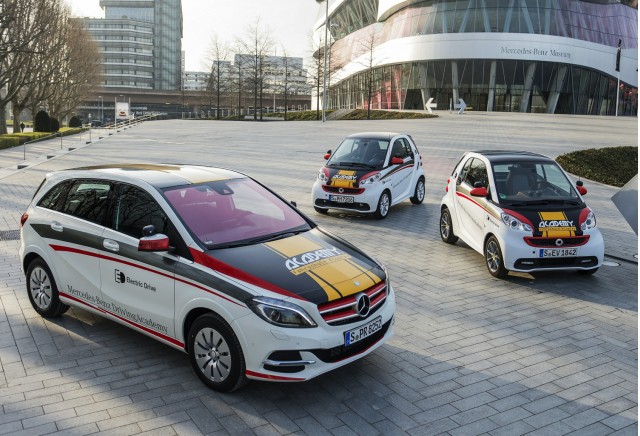
 Tweet Share Share on Facebook Tweet Share Pin Share
Tweet Share Share on Facebook Tweet Share Pin Share 
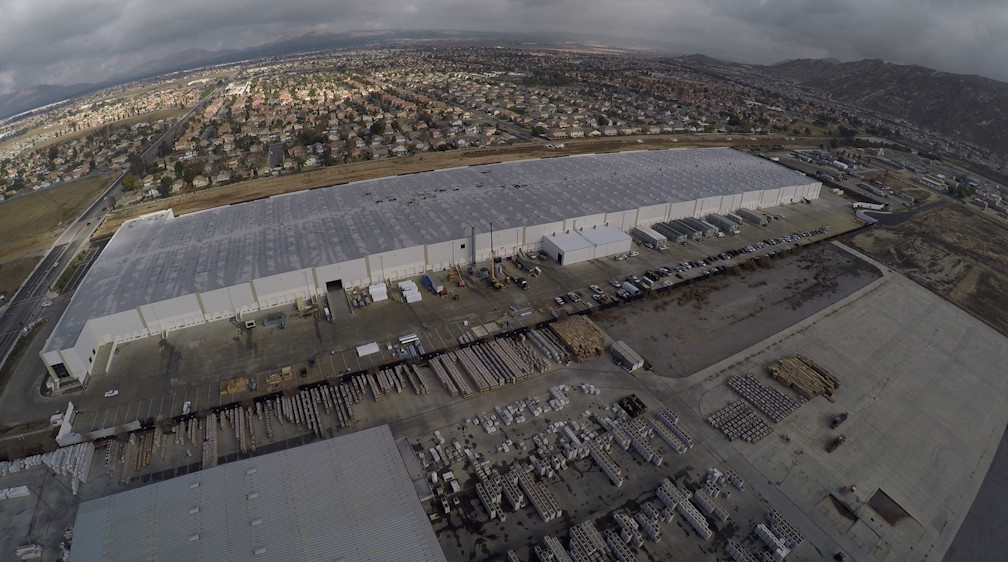 Karma Automotive Karma Automotive's new manufacturing facility in Moreno Valley, California.
Karma Automotive Karma Automotive's new manufacturing facility in Moreno Valley, California.
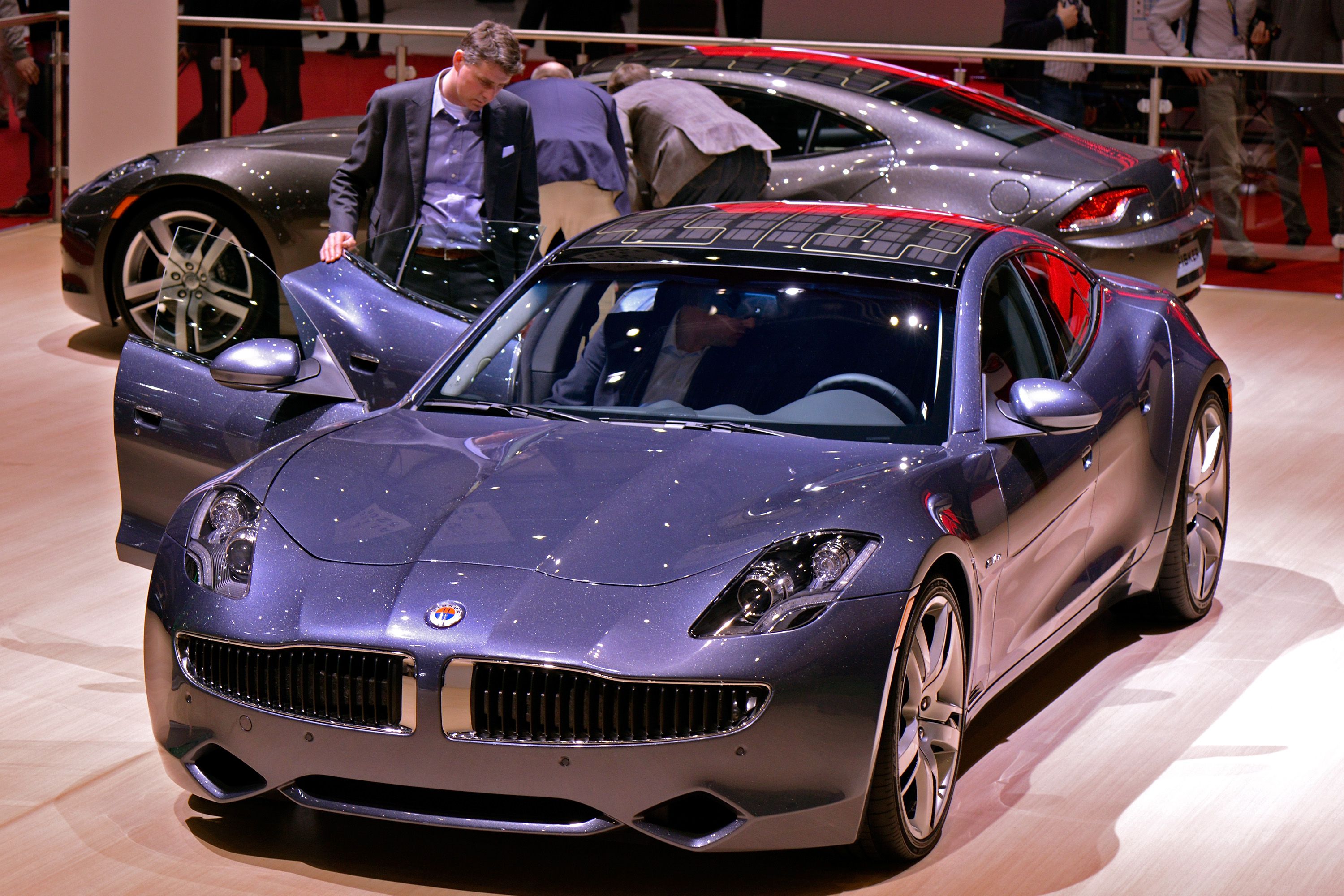 Photo by Harold Cunningham/Getty Images A Fisker Karma at the Geneva Motor Show in 2013. Karma Automotive's Revero is expected to look similar.
Photo by Harold Cunningham/Getty Images A Fisker Karma at the Geneva Motor Show in 2013. Karma Automotive's Revero is expected to look similar.